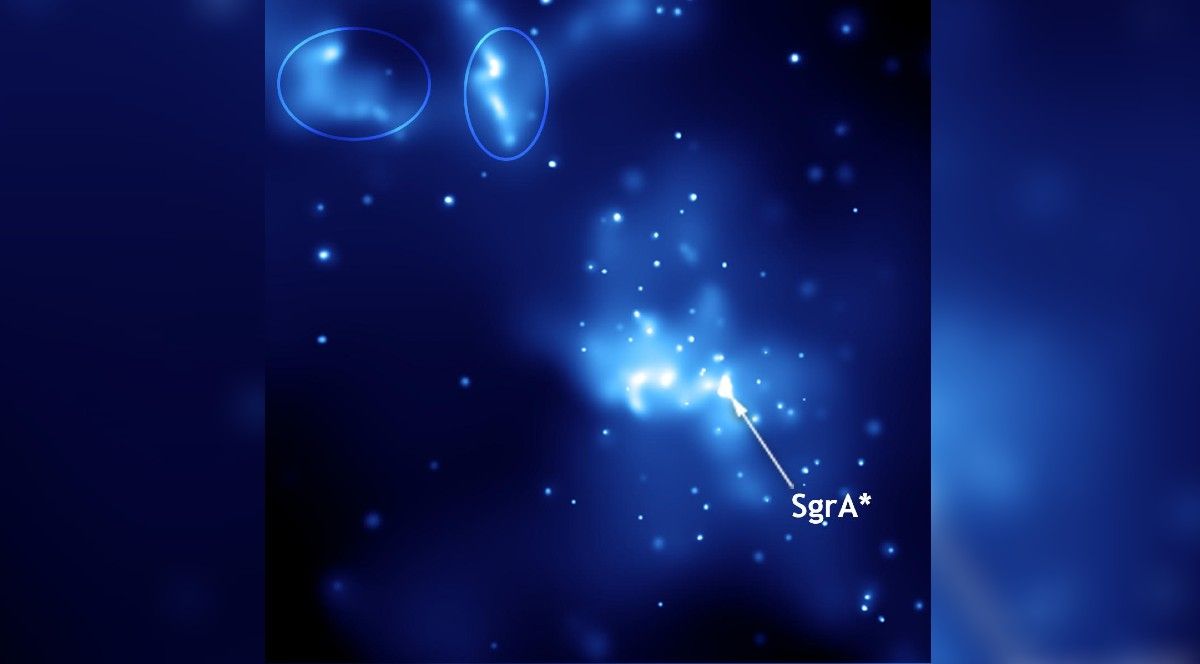I think life spreads - panspermia - as life bearing objects (planets, moons, etc) go rogue for whatever reason. Imagine if the Earth was ejected from the solar system, perhaps after a collision, traveling thru space eventually entering another solar system. I'm convinced that happened here about 4 billion years ago. I dont think its a coincidence the first evidence of life (and plate tectonics) appears shortly after the Earth was bombarded with heavy elements from god who knows where. The Sun's neighbors would have been closer back then and its theorized we stole material (comets) from them, but I believe the supernovae that seeded our local group of stars was the source of life. The shock wave that compressed our nebula preceded the life bearing material by 1/2 billion years.
But that begs the question, if life was brought here 4 bya but was far older, how would we know? Life spreads out from a center point just as it does on Earth so if life is here its also nearby, maybe in our solar system. But if black holes act like vacuum cleaners sweeping up gas, dust, planets, moons, even stars, imagine the objects in orbit around the black hole, or maybe even the jets streaming outward from the poles - life would be everywhere. I dont know if life could survive getting blasted out the poles, unlikely, but the hundreds or thousands of orbiting objects would have a steady flow of incoming life bearing material.
But that begs the question, if life was brought here 4 bya but was far older, how would we know? Life spreads out from a center point just as it does on Earth so if life is here its also nearby, maybe in our solar system. But if black holes act like vacuum cleaners sweeping up gas, dust, planets, moons, even stars, imagine the objects in orbit around the black hole, or maybe even the jets streaming outward from the poles - life would be everywhere. I dont know if life could survive getting blasted out the poles, unlikely, but the hundreds or thousands of orbiting objects would have a steady flow of incoming life bearing material.





Comment